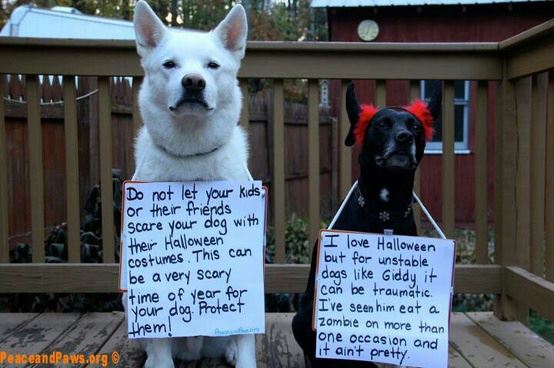
Due to the Holidays fast approaching, these will be the
LAST CLASSES UNTIL 2013!
So if your New Year's Resolution is a better behaved best friend why not get started early?
Puppy/Rookie
WEDNESDAY EVENING CLASSES 6-7 P.M.
Starting: November 7th
Will Meet the Following Wednesdays:
11/7
11/14
11/28
12/5
12/12
12/19
1/2
SATURDAY CLASSES 10-11 A.M.
Starting: December 1st
Will Meet the Following Saturdays:
12/1
12/8
12/15
12/22
1/5
1/12
1/19
Intermediate
SATURDAY CLASSES 11:30 A.M.-12:30 P.M.
Starting: December 8th
Will Meet the Following Saturdays:
12/8
12/12
12/22
1/5
1/12
1/19
Visit my Services page to enroll in a class!





 RSS Feed
RSS Feed